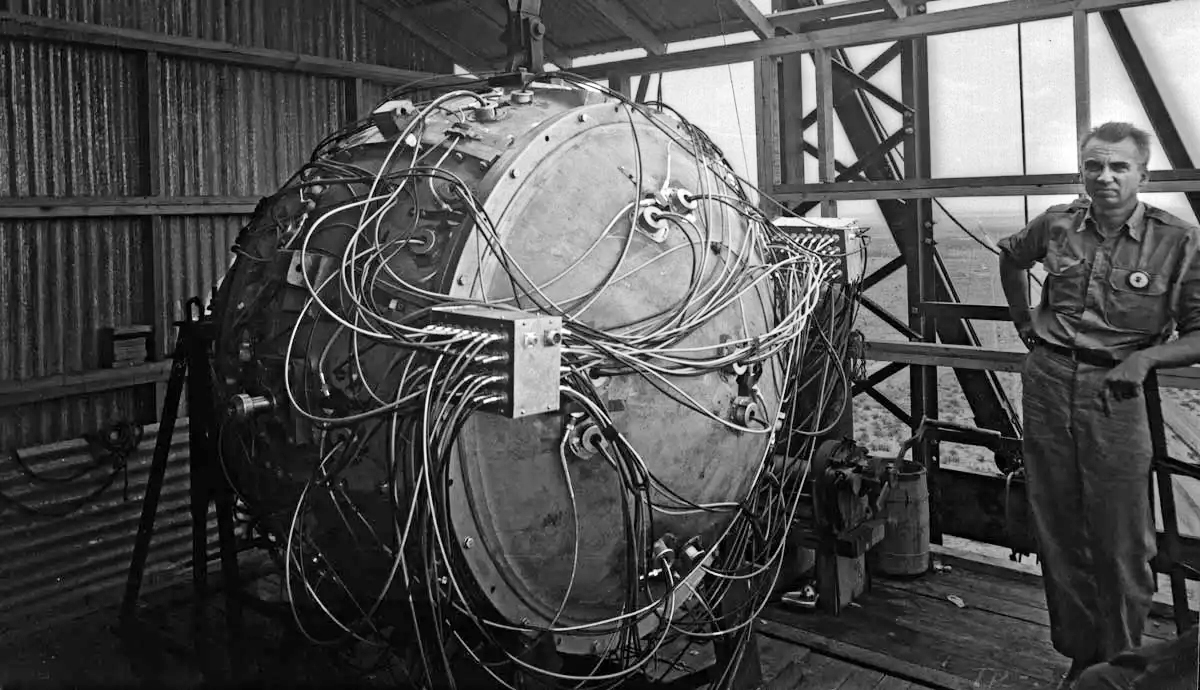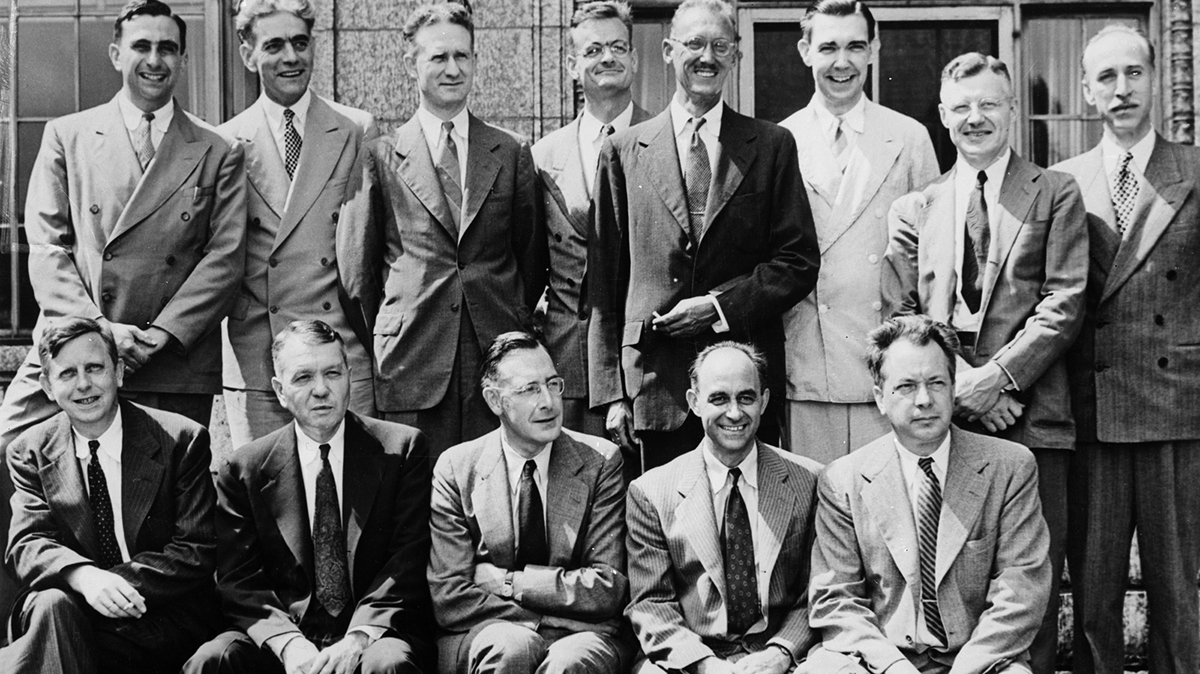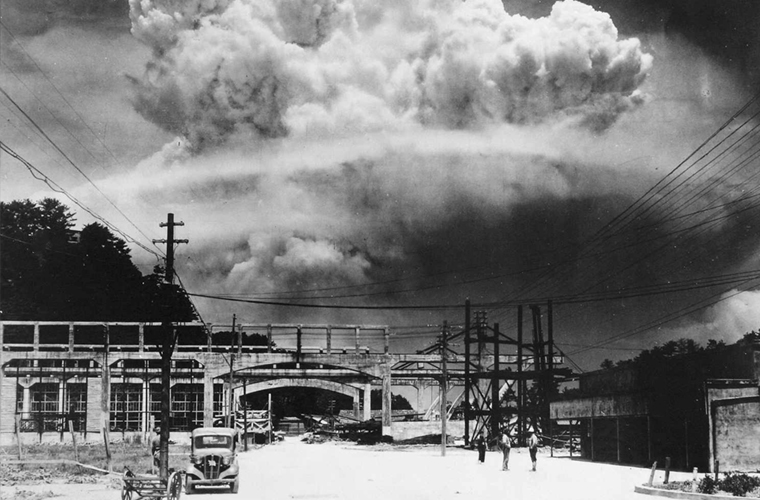The Manhattan Project was a top-secret research program during World War II that aimed to develop atomic weapons, specifically the first atomic bomb. It was named after the Manhattan Engineer District, the U.S. Army Corps of Engineers unit responsible for its administration. The project began in 1939 and lasted until 1946.
The main objective of the Manhattan Project was to harness the power of nuclear fission to create a weapon of immense destructive force. The project was initiated due to concerns that Nazi Germany might be developing atomic weapons, and it was believed that the United States needed to develop its own atomic bomb to maintain a balance of power.

The Manhattan Project brought together leading scientists, engineers, and military personnel from the United States, the United Kingdom, and Canada. The most famous scientist involved was J. Robert Oppenheimer, who served as the scientific director of the project. The project operated in various locations, but its main research and development facilities were located in Los Alamos, New Mexico.
The scientists and engineers working on the Manhattan Project faced numerous technical challenges and made groundbreaking discoveries. The project successfully produced the first controlled nuclear chain reaction in December 1942, known as the “Chicago Pile-1.” This breakthrough confirmed the feasibility of creating an atomic bomb.

The culmination of the Manhattan Project was the successful test of an atomic bomb on July 16, 1945, in the New Mexico desert. The test, codenamed “Trinity,” marked the first detonation of a nuclear device. The project’s success led to the deployment of atomic bombs against the Japanese cities of Hiroshima and Nagasaki in August 1945, resulting in Japan’s surrender and the end of World War II.
The Manhattan Project was one of the most significant scientific and engineering endeavors in history, demonstrating the potential for both incredible destruction and peaceful applications of nuclear energy. Its legacy also included the establishment of the Atomic Energy Commission (later the U.S. Nuclear Regulatory Commission) to oversee nuclear research and development and the subsequent arms race between the United States and the Soviet Union during the Cold War.

